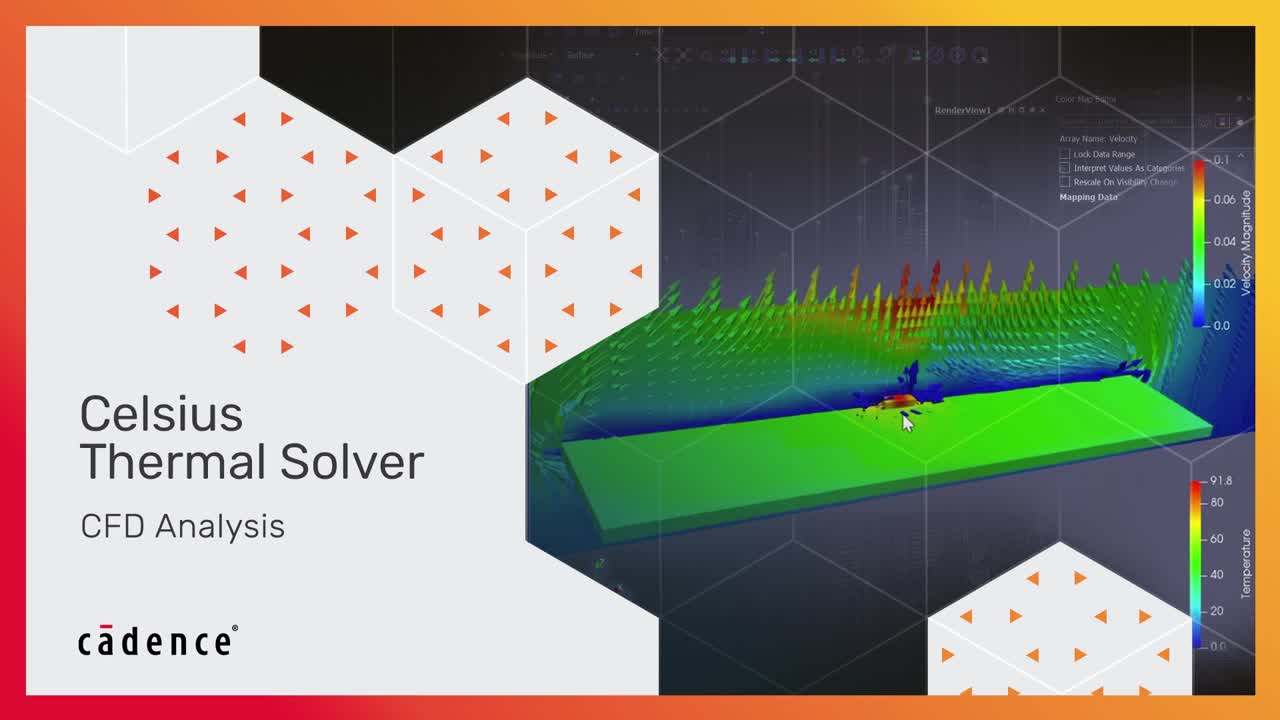The Emissivity and Temperature Relationship in Radiation Heat Loss in ICs
Key Takeaways
-
Generally, heat transfer in ICs is through one of three modes: conduction, convection, or radiation.
-
The power dissipated through radiation is dictated by the Stefan-Boltzmann law.
-
Rough-surfaced ceramics and oxide materials have an emissivity value close to unity.
Thermal energy from the internal structure of a chip reaches the ambient through conduction, convection, or radiation
Unfortunately, power loss in integrated circuits and chips is unavoidable. Current flowing through the internal resistances provides favorable conditions for power dissipation in the form of heat energy in semiconductor substrates. The thermal energy from the internal structure of the chip reaches the ambient through thermal transport modes such as conduction, convection, and radiation. The emissivity and temperature relationship must be taken into account to determine the radiated heat energy from a chip. Let’s take a closer look at emissivity and how it influences radiation loss in ICs.
Device-Level Thermal Management
Today's electronic systems rely heavily on integrated circuits. Even though miniaturization, high power density, and increased functionality are desirable characteristics in the booming semiconductor IC industry, there has been no increase in the maximum allowable junction temperature. In fact, the rise in the junction temperature of semiconductor devices is such a challenge that it can completely shut down or collapse an entire system if not handled properly.
Considering the investments in semiconductor electronics development, device-level thermal management of integrated circuits and chips must be designed to effectively dissipate heat from semiconductor junctions to the ambient without disturbing the system’s performance.
Heat Transfer Modes in ICs
There are three modes of heat transfer in ICs: conduction, convection, and radiation.
Conduction - Heat energy is transmitted through direct contact. The heat transfer through conduction depends on the thermal conductivity of the material.
Convection - The convective heat transfer is between the semiconductor chip surface and the surrounding fluids in motion. This type of thermal transport depends on the convective heat transfer coefficient, flow, and temperature properties.
Radiation - The radiation of heat energy from ICs does not require any medium. Power dissipation in the form of radiated energy depends on the surface emissivity of the material and the temperature gradient between the chip surface and the ambient.
The Emissivity and Temperature Relationship
So, what is the emissivity and temperature relationship? Consider the chip temperature T2 and the ambient temperature T1. Radiated heat energy loss is governed by the Stefan-Boltzmann law. According to this law, the power dissipated through radiation can be given as:
In the above equation, note that:
- is the surface emissivity of the material
- is the Stefan-Boltzmann constant, equal to 5.67x 10-8 Wm-2K-4
- A is the surface area of the IC package and PCB on which it is fixed
- T1 is the ambient temperature
- T2 is the surface temperature of the chip and PCB
Emissivity
Emissivity plays an important role in packaging technology. The material for IC packaging is chosen by taking into consideration the emissivity of the material (it is different for each material). The emissivity of a perfect emitter is taken as 1. The emissivity of other materials is considered relative to the perfect emitter.
The table below gives the emissivity of commonly used materials in electronics.
What Determines the Emissivity of a Material?
The emissivity of a material depends on the texture of the material’s surface. Rough-surfaced ceramics and oxide materials are found to have an emissivity value close to unity. In electronic packages utilizing ceramic and oxide materials, the temperature of the semiconductor junction is easily lowered due to the high emissivity of the packaging materials used. For polished and smooth materials, the emissivity value is relatively less.
In semiconductor and integrated circuits packaging, the emissivity and temperature relationship of radiated heat loss must be considered to choose materials that help with quick cooling. Cadence software, including the Celsius Thermal Solver featured in the video below, offers tools that can simulate the heat transfer pattern in an IC during conduction, convection, and radiation thermal transport modes.

Subscribe to our newsletter for the latest updates. If you’re looking to learn more about how Cadence has the solution for you, talk to our team of experts.